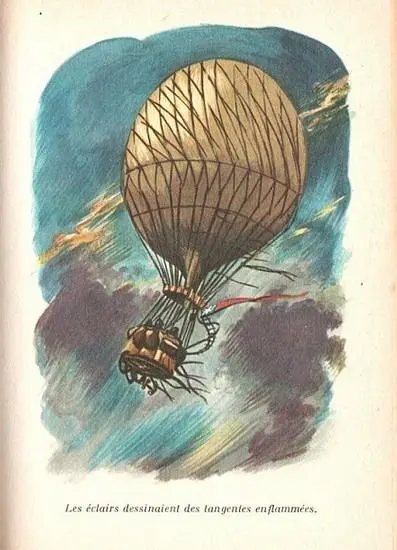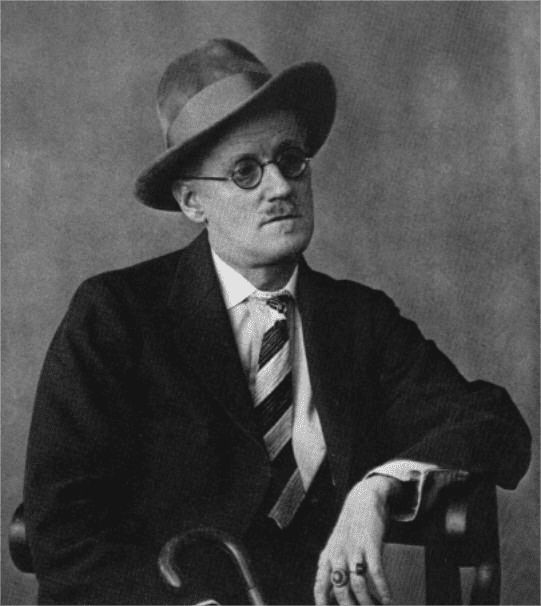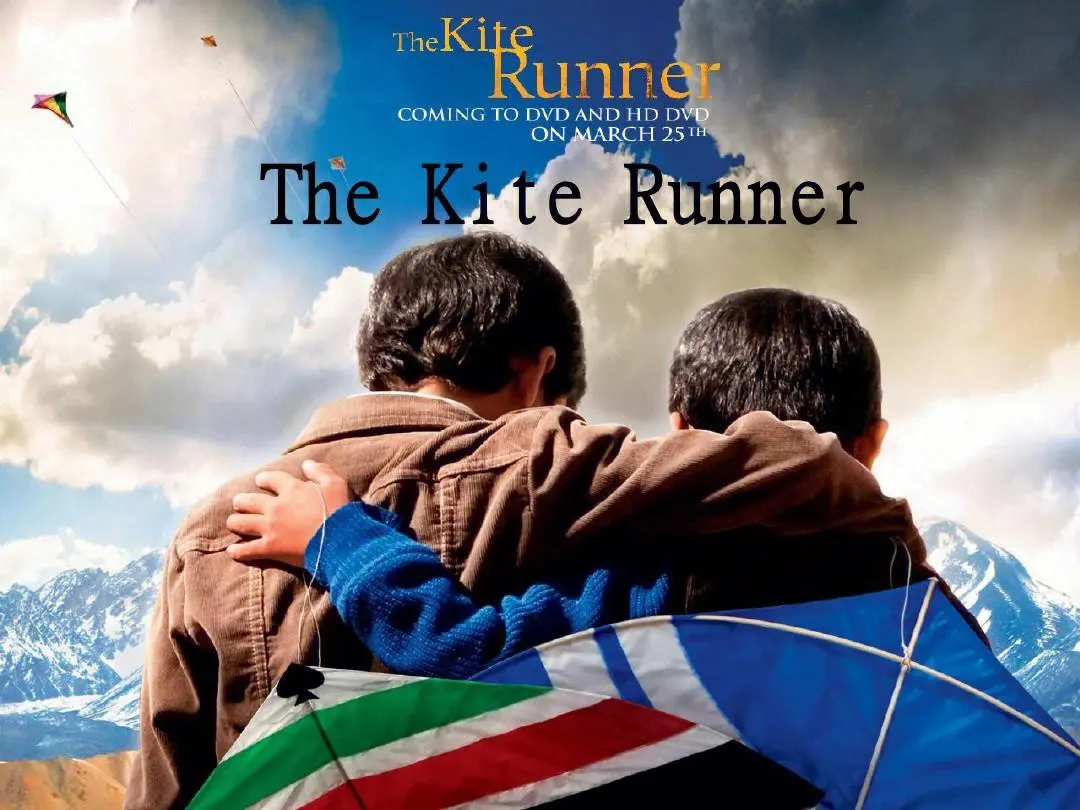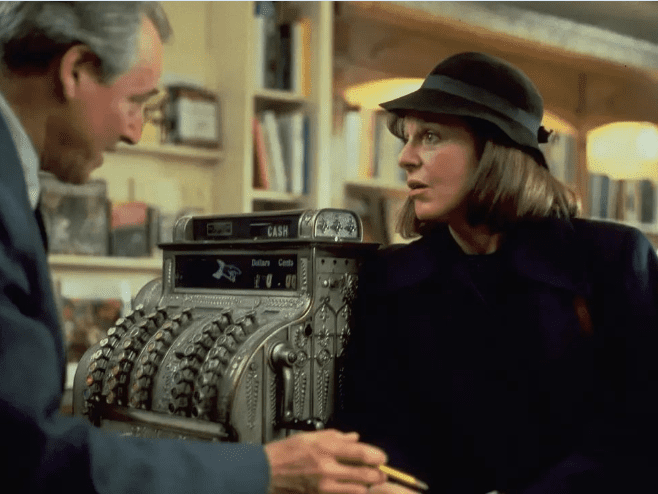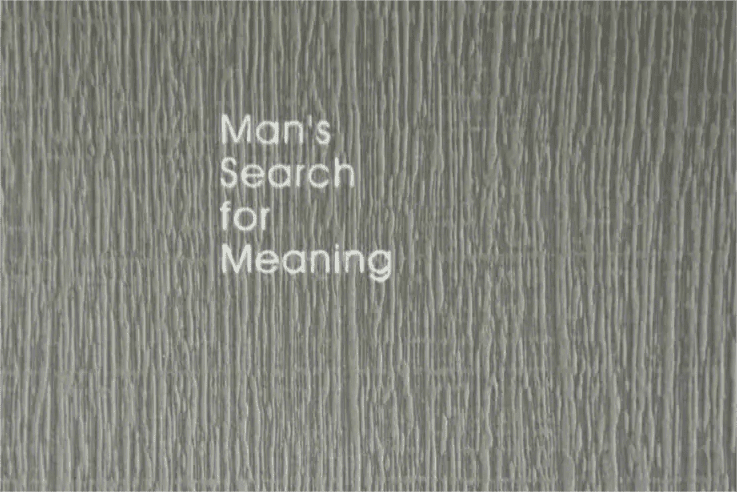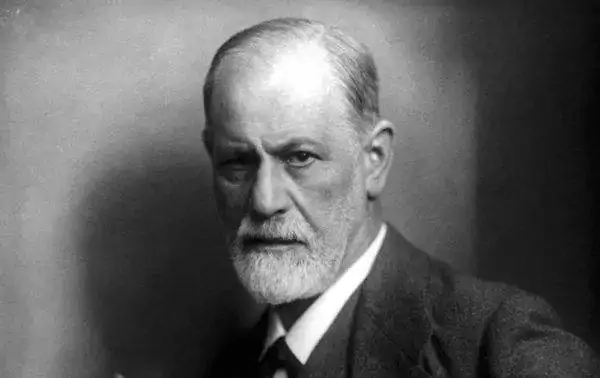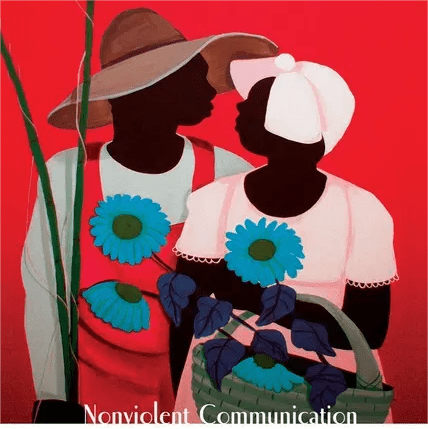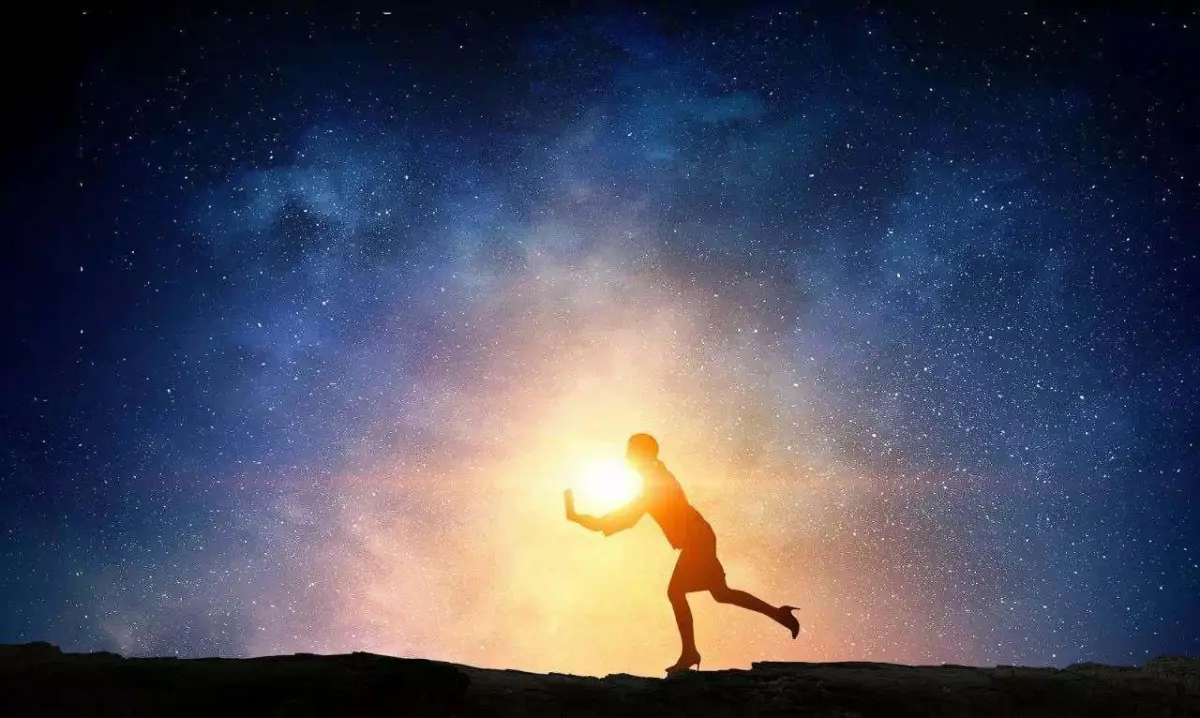Jules Verne was a French science fiction writer, widely regarded as the father of modern science fiction. In nearly 40 years, he has created hundreds of works, “20,000 Leagues Under the Sea”, “Around the World in 80 days” has long been listed in children’s must-read, so that more people are familiar with, household name.
Today, I’d like to introduce to you his first science fiction novel, his famous work Cinq Semaines en ballon. I bought the book a year ago and put it in the bookcase. Because of the limitations of buying books online, I feel like buying a pirated book. The reason is that the whole book lacks a sense of weight in the hand, so it has not aroused my interest in reading.
It wasn’t until I opened it the other day that I suddenly realized I’d missed a good book, one I was particularly interested in. By a strange coincidence, due to my personal temperament, I am not keen on reading adventure science fiction and other works, but I am eagerly attracted by the regional and cultural aspects of these works. At the same time, the knowledge of natural science and historical facts contained in these books can also arouse my pleasure.
All in all, this is a valuable book for me, so I would like to share it with my friends. I hope you will enjoy it too.
What makes it odd is its title, “Five Weeks in a Balloon,” and, yes, the story of three travelers who used hot air balloons to cross the continent of Africa.
In the first half of the 19th century, many explorers, geographers and travelers emerged in Europe. With their great curiosity and thirst for knowledge, or ambition, they launched a brave, difficult and fearless exploration of the primitive and unknown world in Africa. Many people sacrificed their precious lives for science. This book is based on these historical events as the prototype, coupled with the author’s fantasy, hypothesis, so as to present readers with a thrilling and interesting journey to Africa. And its shining point is the traveler’s vehicle, the hot air balloon.
In 19th century Europe, capitalism was flourishing, the industrial revolution was in full swing, and science and technology were developing rapidly. However, at that time, the main means of transportation for people to travel long distances were still limited to ships, horses and camels, and no spacecraft had been invented to fly freely in the sky. But hot air ballooning came to the aid of the travelers, who spent five weeks flying from the east coast of Africa to the west coast.
As you read, you are sure to be amazed by the author’s imagination and wisdom. The hero of the story, Dr. Ferguson, is only able to manage the ascent and descent of the balloon with scientific knowledge, and which direction they are going to go, and at what speed, is in the hands of nature, or, as they say, God.
So when the balloon didn’t go the way the traveler wanted it to, the Doctor was always trying to find the right airflow in the air to take them in the direction they wanted. And the complicated structure and operation of hot air balloons in the book, we marvel at the author’s wisdom and extraordinary imagination.
In the book, human beings live in harmony with nature. This kind of practice of human beings respecting nature, relying on nature, and using what is good for human beings for their own use is really memorable and touching. It is far more intelligent than the “great feat” of human beings to transform and conquer nature in the future.
Beautiful and rich Africa, barren and monotonous Africa, and the hard, varied and pleasant experiences of travelers
The travelers in their proud Victoria, sometimes hundreds of feet below the ground, sometimes thousands of feet in the air, saw Africa so differently from other explorers.
Africa’s fertile land, lush farmland, verdant grassland primitive forest, endless mountains and rivers, barren hills, vast deserts; Simple villages, savage tribes, civilized towns; Grassland, woods, swamps, those who hold the honor of African name card of various animals, plants, and so on, all the lucky traveler eyes.
During the day, they fly at different altitudes, encounter storms and lightning, and can even fly above them, feeling the rolling clouds and thunder of the dazzling sun below them. At night, they anchored on cactus trees, baobab trees, FIG trees, and found comfort. When safe, they could eat on the grass, go into the woods and hunt for fresh meat, and in barbarian territory they could not help watching the battle of different tribes. They have saved the European missionaries who were trapped in the wild tribe and their lives were on the line. Their partners also jumped into the balloon into the treacherous and heavy primitive lake and the wild tribe at the critical moment for the lives of their companions, regardless of their own lives. They followed in the footsteps of their predecessors, found the source of the Nile, proved their discoveries time and time again, and came across a huge gold mine near a volcano. They have enjoyed the natural beauty that countless people have never seen in their lifetime. They have also experienced the despair and pain of nearly dying for lack of water in the Sahara Desert.
All of these are the things that strongly attract us to this book. Knowledge, creativity, and fun are all perfectly integrated here. The author’s imagination and wisdom are even more incisive. The interlocking stories are vivid, informative and more interesting, and the landscape descriptions and written expressions are delicate and engaging. Personally, I think it is a book suitable for all ages.
Europe, Africa, white, black, civilized, barbaric — the superiority and discrimination between people of different races. Once we put Europe and Africa together, or white and black together, we cannot escape the shadow of colonial expansion of the Great Age of navigation.
The author Verne’s sense of superiority as a Caucasian is evident in the book, and his discrimination against African blacks through the language and behavior of the protagonists is throughout.
The simple huts, shabby tents, barbaric killings, the dress, manner and behavior of the aborigines without any sign of civilization, their primitive and backward, ignorance and greed, etc. described in the book may have existed in the time of the author, in the vast and closed world of Africa, but we can’t help doubting the prevalence of their existence. Moreover, the natives, barbaric or civilized, were the only masters of the land, so they were justified in their defence as far as they could. From a fair point of view, we may not even have the right to judge, let alone in their eyes, the traveler’s unprovoked intrusion in the first place. The brutal looting and killing of black Africans by Europeans is an indelible memory in human history.
Of course, the historical environment and events in a broad sense are just like the natural laws of survival of the fittest and survival of the fittest that human beings cannot control. All the conquests, invasions and colonization activities in history are the pains that human beings have to go through in the course of progress and development. And when it comes to the literary meaning of the book, it’s a little far away.
So let’s leave aside the historical and ideological stuff and just enjoy the science and literature.


